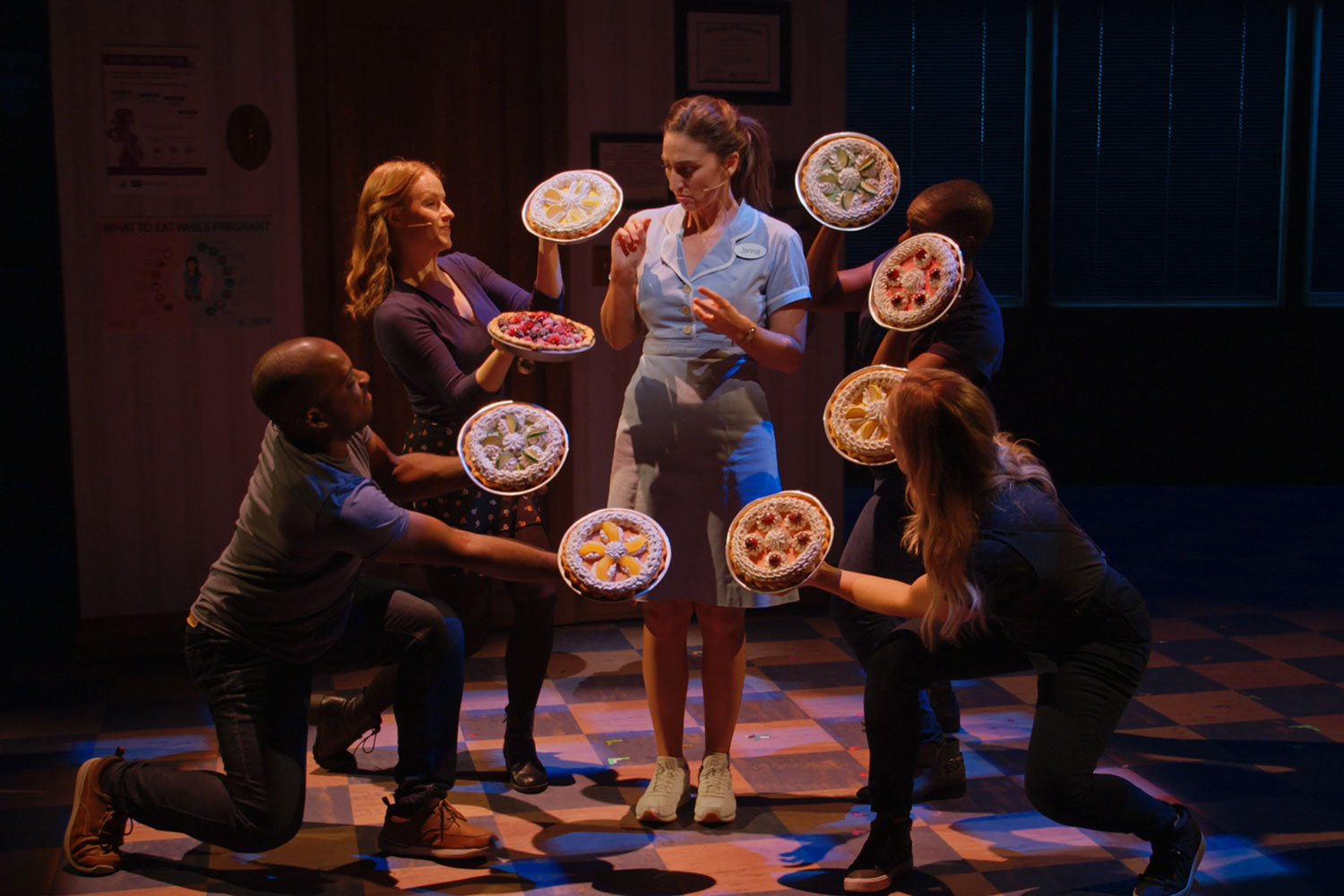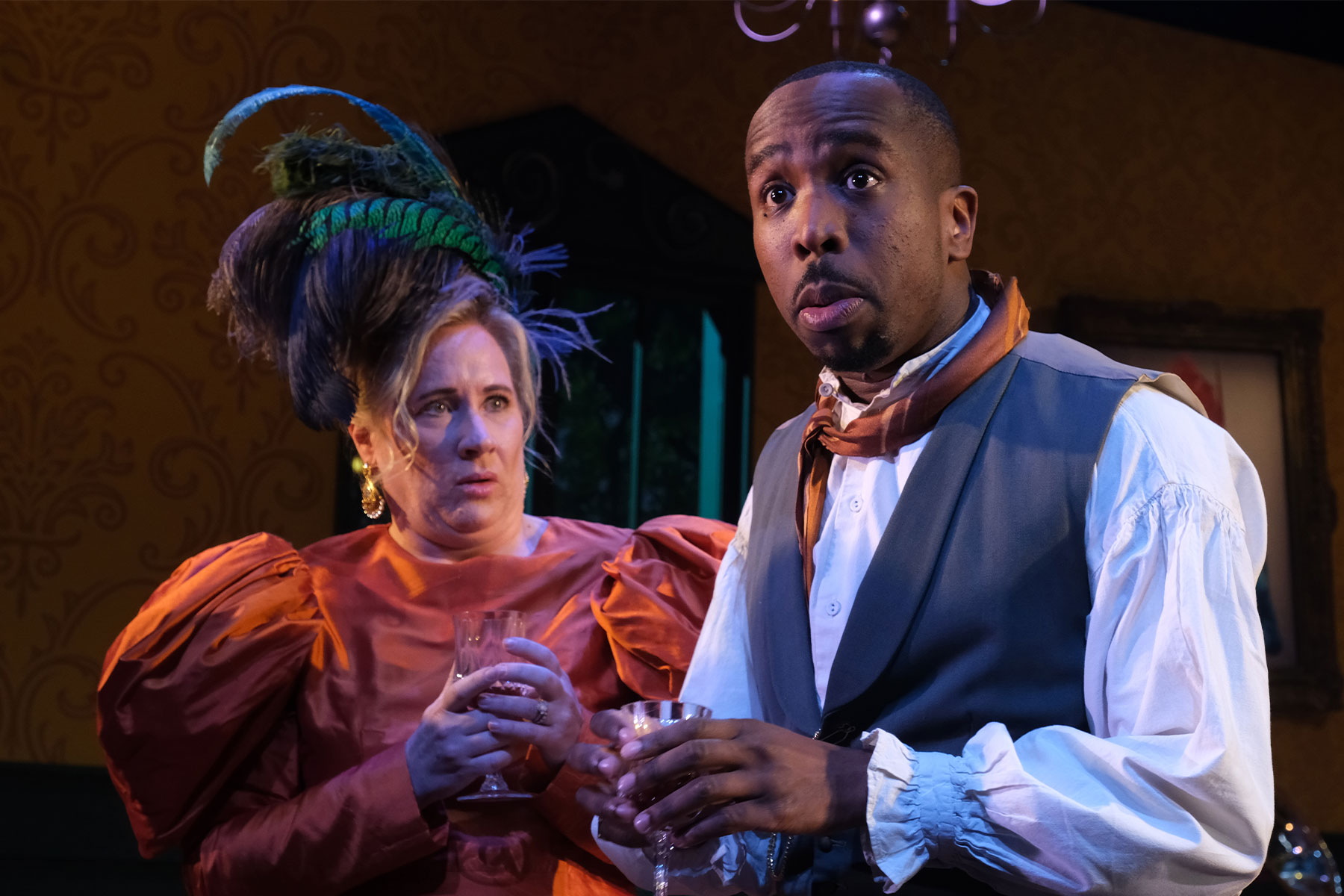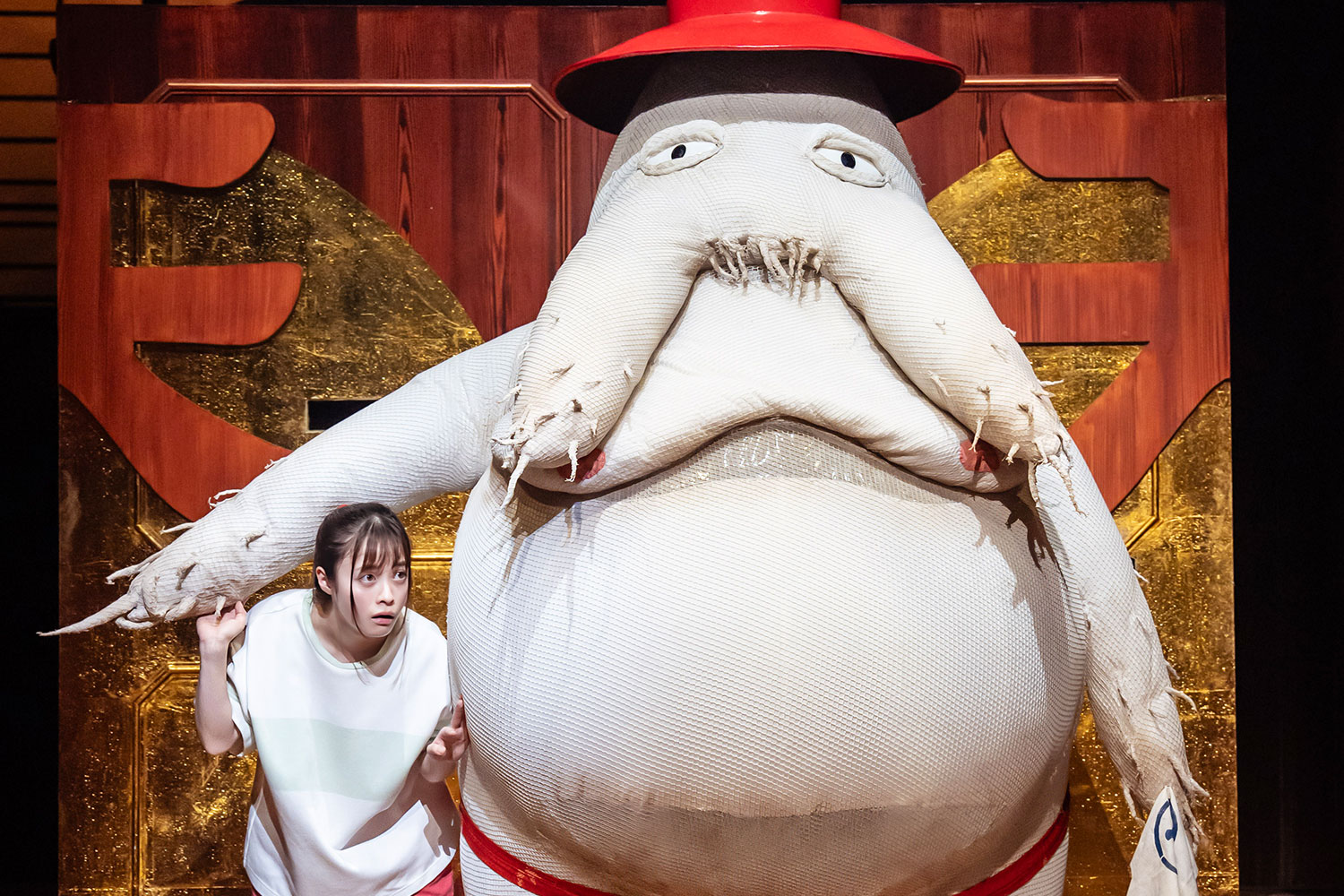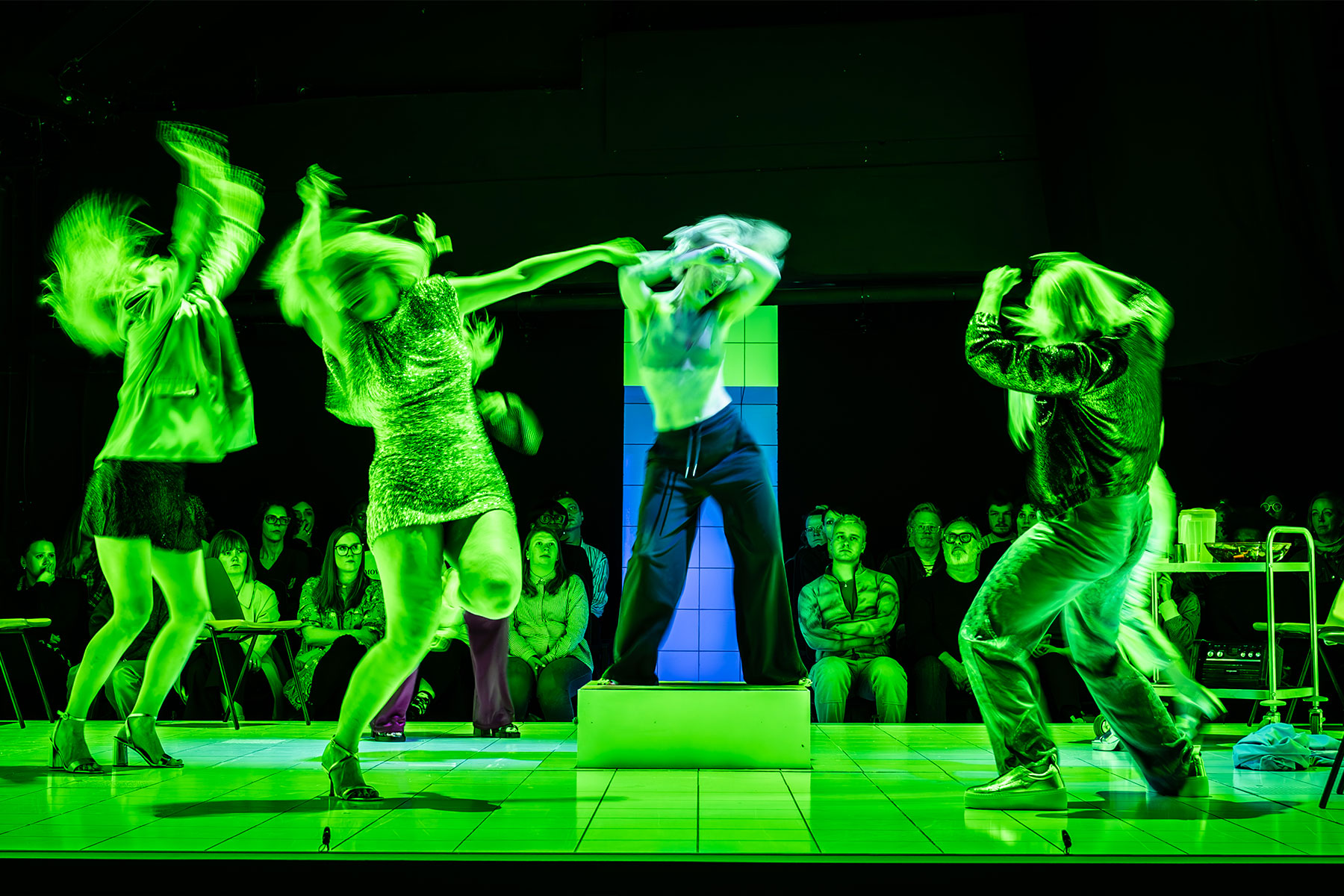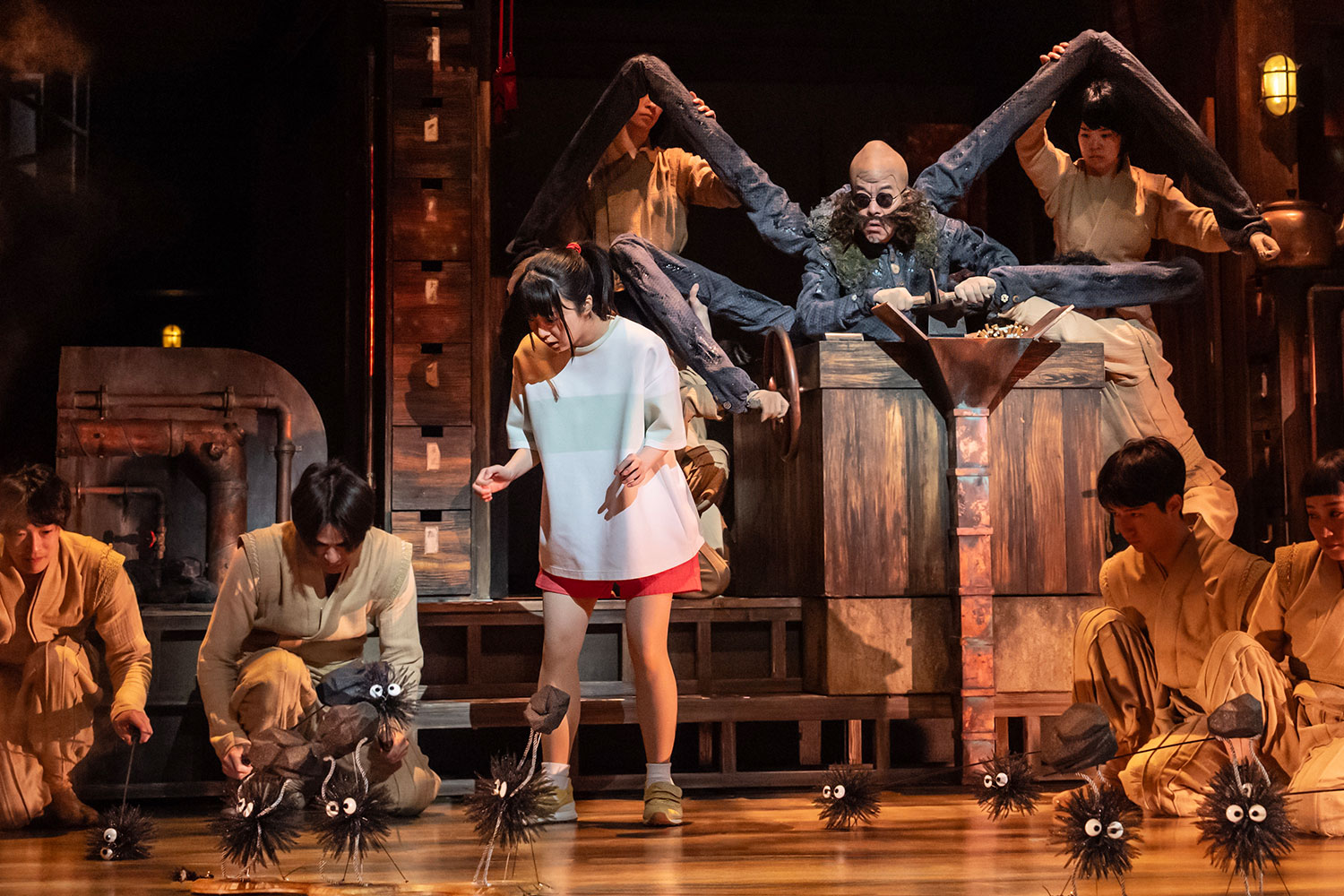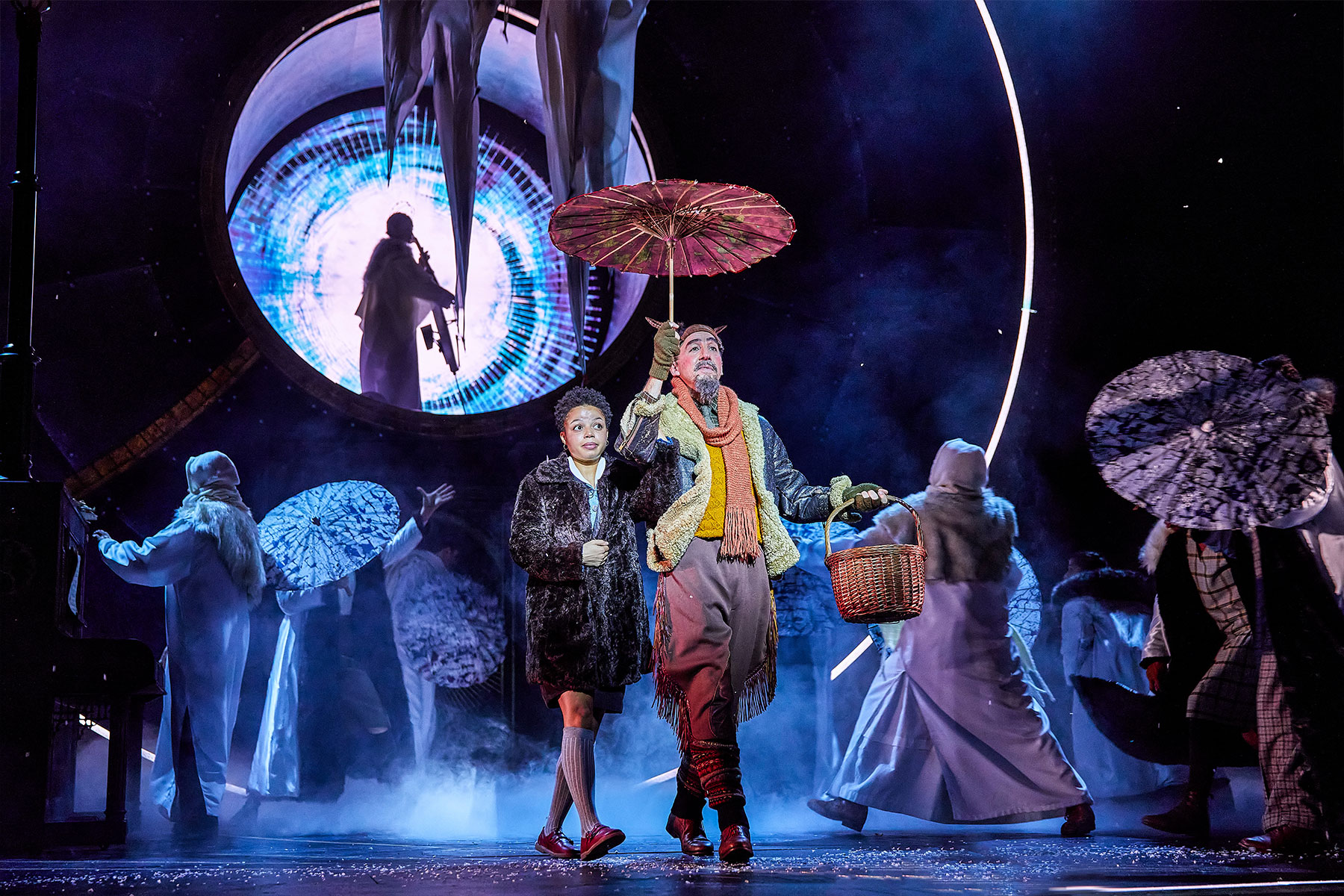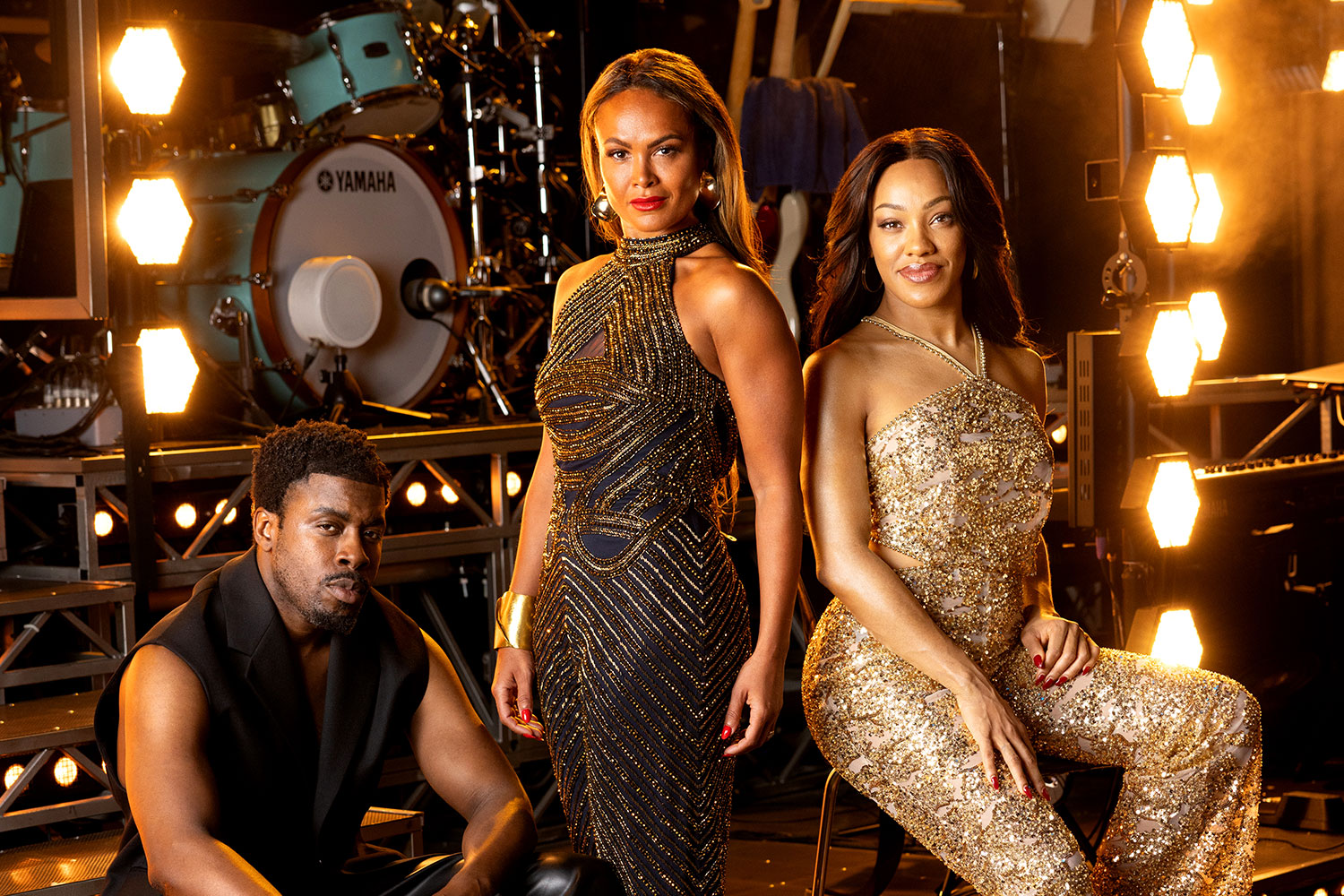Becoming An Actor: Too Expensive for the Fringe?
“All money gives you is the
security not to worry about money”, or so said Johnny Carson. I suppose he
meant that money doesn’t buy happiness, but over the last few weeks I’ve been
realising that it doesn’t necessarily buy quality either.
I briefly addressed the
ever-sensitive issue of money a few months ago in relation to the Edinburgh Festival Fringe. But, last week, after a few theatre trips, I began noticing a
similar problem, or set of circumstances, in London’s fringe theatres – that
being, it can be expensive.
Forgive my lack of specificity
over the next few paragraphs but I would hate to offend any of the people
involved in the productions.
I’ll begin in West London. The
first show in my Fringe binge (sorry for the tabloid rhyming) had the highest
production values of the three I saw. It was a beautiful space that felt both
intimate and grand, and seated probably somewhere near 300. The performance I
went to see was near to being sold out despite the fact it cost me, as a
student concession, just over £12. A lot of the cast were good, even if the
play was rather long and unoriginal – though, perhaps I wasn’t the target
audience.
My second show was by far the
worst. I was sat on one of many old and eclectic chairs in the back room of a
bar. The stage itself was tiny and held a chair, table and hat stand. The
lighting was basic, the sound kept cutting out but I could hear quite clearly
the conversations happening on stage… and in the bar. The play itself was a
self-penned one-man show and, although interesting in places, it felt like a
showcase rather than an attempt at creating interesting theatre (the actor in
question had slipped in plenty of opportunities for Shakespeare monologues!).
In central London this set me back £10.
Finally I was in South West
London at a theatre, I’m a little ashamed to say, I hadn’t heard of before. It
was well equipped, pushing the upper boundary of small. I was treated to the
standard fringe practice of Shakespeare in suits that, although being patchily
spoken, had quite an interesting concept behind it. My evening cost me, again,
just over £12 – quite what that money had been spent on, I’m not sure, as the
set was a table.
I write about the shows, not
through any particular want to comment, but to illustrate the variety in venue,
production value and performance that similar ticket prices offer. To me it
felt vast, which is the problem with charging so much per ticket in fringe
venues.
£10-£12 doesn’t seem like a huge
amount of cash. Fairly reasonable when you consider top seats at Matilda the
Musical (which I saw in Stratford last year and couldn’t recommend more!) cost
about £60. But not so reasonable when you notice that for £12 you can see
almost anything at the National; as a student you can get great seats for £12
at the Hampstead; and, the Royal Court does £10-all-seats Mondays. These shows,
although similarly priced to my three fringe outings, very often have beautiful
sets, exciting new writing, fine classics and solid performances.
The comparison, I’m sure, is one
of the reasons that fringe theatre is not as flourishing as it could be. It’s
asking for the same amount of money from its patrons but is giving back
something that, although normally entertaining, makes you feel like you’re getting
less than you paid for.
It all comes down to the fact
that you’re taking a punt. Yes, some shows are completely worth the money, but
some fringe shows inescapably won’t be. Rather than a negative, for me, that’s
a truly exciting positive! But, ticket prices should be pitched to reflect
that.
It goes without saying that
people take pride in their work and that most people probably think their shows
are worth the full asking price of a ticket. But if a show were to be priced slightly
lower than it is now at, say, £7 with £5 concessions, it would be so much more
accessible to patrons and would reflect the variety and hit-and-miss nature of
fringe shows. The box office projections might not be quite as big, but I’d be
happy to bet that, in actuality, as much, if not more, money would be made
because bigger audiences would be garnered.
Fringe theatre also has to
compete against drama school productions; my experience of these is that they
very often have good budgets behind them, without the worry of having to make
back money on the shows. RADA charges £10-£14, LAMDA is free, Guildhall £4-£8,
Bristol Old Vic £7-£11; these shows are full, you would hope, of great acting
and, very often, with great directors behind them – RADA has got the
ex-artistic director of the Salisbury Playhouse working with them at the
moment. Surely if fringe theatre has to compete with this strand of work, it
should pitch itself at a more reasonable level?
It’s an interesting debate, and
I’d love to hear your thoughts and solutions!



